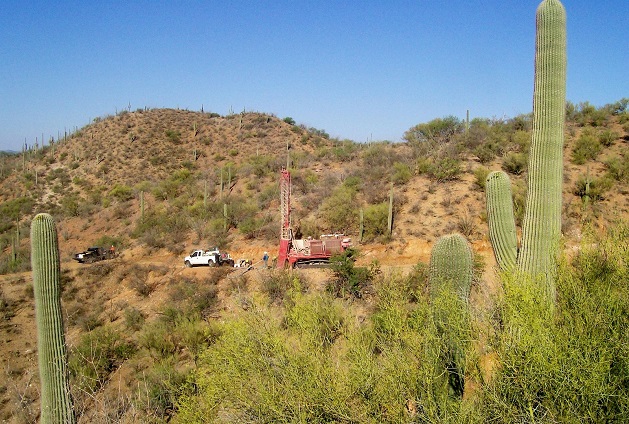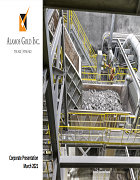El Chanate

AuRico Gold’s El Chanate Mine is located 37 km northeast of Caborca in Sonora State, Mexico. The Mine consists of an open pit, crusher, heap leach pads, and process plant located on 3,665 hectares encompassed within 19 mineral concessions. Since acquiring El Chanate in April 2011, the mine has consistently delivered solid results. During the year, El Chanate reported production and cash costs results that were in-line with guidance levels.
Historical workings suggest the area has been mined for gold since the early 19th century. The current open-pit mine has now been developed below the level of those historical small-scale mine workings.The open-pit mine plan covers an area approximately 1,700 metres long, 780 metres wide, and 280 metres deep. El Chanate utilizes conventional three stage crushing and heap leaching, with gold bearing solutions being processed in an ADR plant, followed by electro-winning and refining.
Source: http://www.auricogold.com/operations/el-chanate/default.aspx

|
Reporting to the Mill General Foreman, the Mill Planner is responsible for planning and scheduling mill mechanical maintenance, shut down and project work, collaborating with the Electrical and Mobile Planners, Mill Supervisors, Operators, Millwrights and Process Engineers.
The Director, Sustainability is responsible for supporting and executing Alamos’ company-wide sustainability strategy with a focus on environmental aspects including, regulatory compliance, environmental permitting as well as stakeholder and community engagement.
Reporting to the Sr. Exploration Geologist, the Geologist will focus on carrying out exploration programs related to geological mapping, geochemical sampling programs, geophysical surveys and drilling and to ensure service and/or operating standards are met (internally and/or externally).